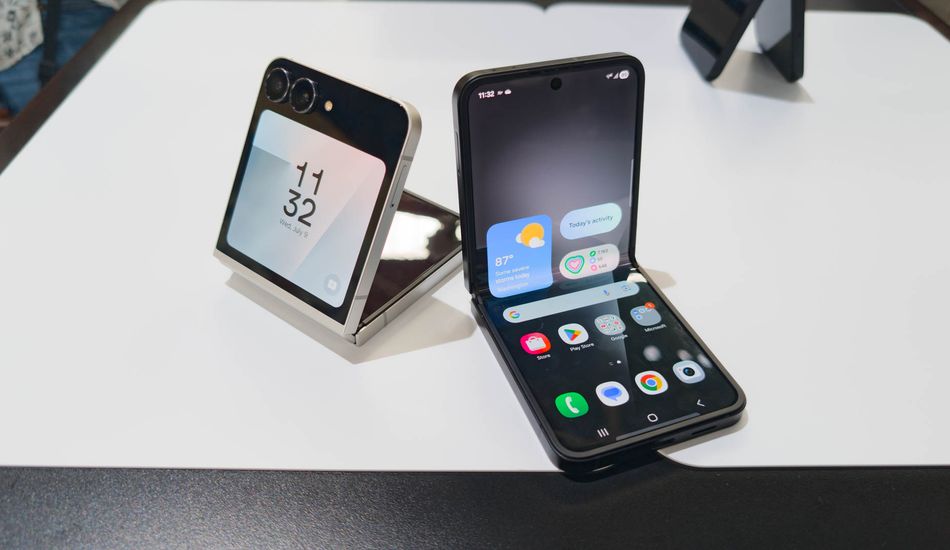
Galaxy Z Flip 7's Exynos 2500: A Performance Analysis
Samsung's new Galaxy Z Flip 7 has taken a different path, opting for an Exynos 2500 processor instead of the usual Qualcomm Snapdragon. While the Exynos 2500 looks promising, how does it really perform in real-world scenarios? I decided to run the Z Flip 7 through a series of tests, comparing it to other flagship phones from Apple, Google, and even those powered by the MediaTek Dimensity 9400.
These days, mobile chipsets are usually divided between custom CPUs from Qualcomm and Apple and those using Arm Cortex CPU designs from MediaTek and Samsung. Historically, these custom cores usually do a better job in single-core tasks, leading to a better multi-core performance. This is important because even though most apps use multiple threads, they don't often max out the available cores. The single-core performance is important for responsiveness and gaming.
The Exynos 2500 shares its Cortex-X925 core with the Dimensity 9400. While it isn't as fast as Qualcomm's Phoenix CPU core, the difference isn't that big. The Z Flip 7's Exynos 2500 is around 18% slower than the Galaxy S25, but it's closer to the MediaTek flagship. Clock speed and cache differences might explain the lower single-core score, but the multi-core performance is surprisingly similar. In other words, the phone does a pretty good job!
The Exynos 2500 easily beats Google's Tensor G4, with a 64% lead in multi-core performance. Beating Google's Tensor is not a huge acomplishment, but it shows that the chip is fast for everyday use. Most flagship chips are already fast enough. Even if the new Exynos isn't the best, it'll easily handle multitasking and future apps. It is important to remember that the device is aimed for style.
One of the cool things about recent Exynos chips is that they use AMD's RDNA architecture for its Xclipse GPUs. The lastest version seems to be 28% faster than previous ones. The Xclipse 950 GPU has grown this year, going from six Work Group Processors to 8WGP/8RB. In practice, the Exynos 2500 can match Apple's A18 Pro in Wild Life Extreme and even outperform it in ray-tracing. However, the Snapdragon-powered Galaxy S25 is still faster at standard rasterization, meaning higher frame rates.
The Exynos 2500's performance drops a lot during stress tests, likely because the compact Galaxy Z Flip 7 throttles to avoid overheating. Heat management is key to keep up the performance!
The Exynos 2500 is a capable chip, competing near the top for CPU tasks and even beating the iPhone in some GPU tests. It's a flagship-class chip, even if it's not the fastest. For every day use, the Z Flip 7 sits in the middle. Compared to the last version, there's barely any performance difference. The Exynos 2500 offers an improvement in ray-tracing, but it's actually slower in standard rasterization. To be honest, the device is running at last-gen performance, specially when considering its inability to sustain power when running for long time.
Source: AndroidAuthority